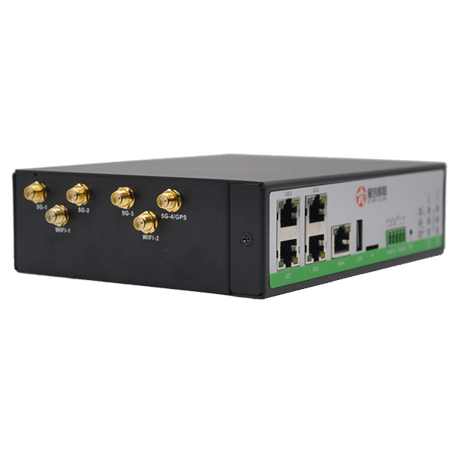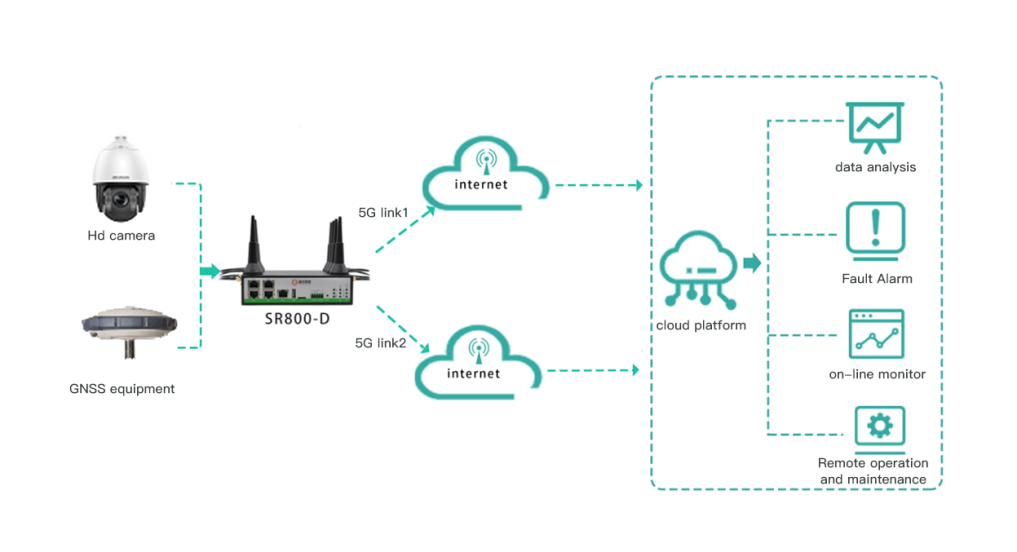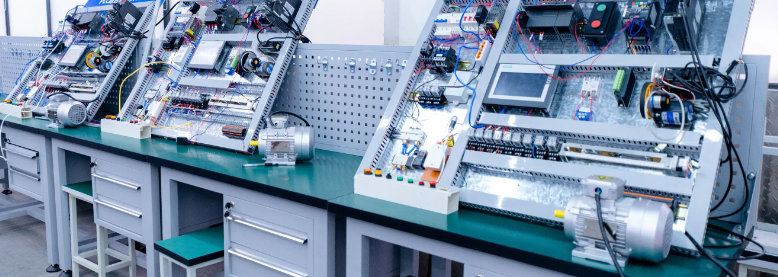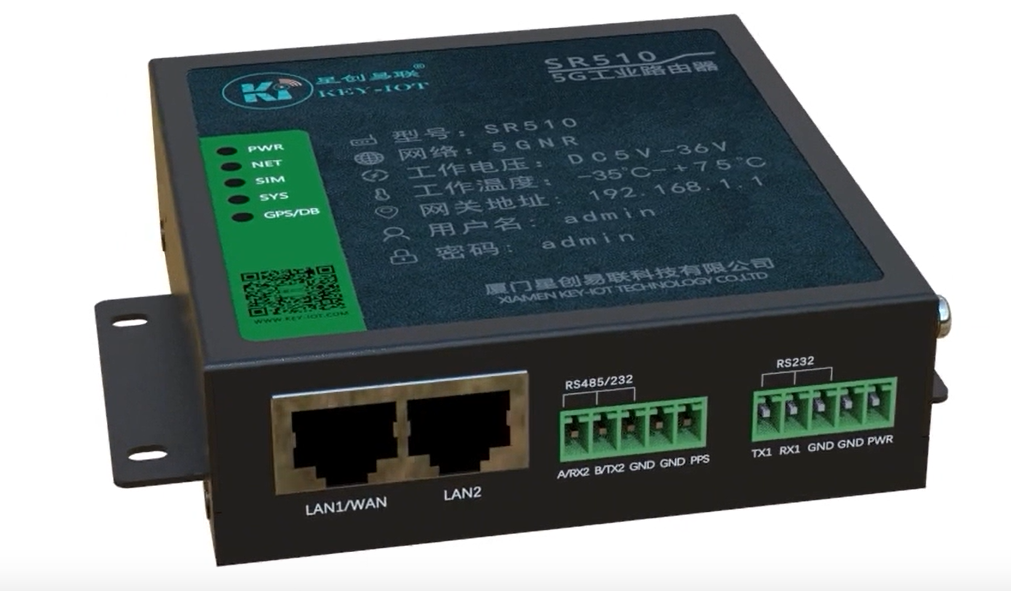The global rollout of 5G is progressing rapidly, but there are some differences in the pace of development across countries and regions. Overall, the construction of 5G infrastructure shows the following characteristics:
1. Developed countries lead in 5G commercialization. North America, East Asia, Western Europe and other advanced economies are the pioneers of global 5G development. Take the US for example, the three major carriers have already achieved 5G network coverage in major cities nationwide. Countries like South Korea, Japan and China are also at the forefront of 5G commercialization, with rapidly growing user bases.

2. Emerging market countries are steadily catching up. Although 5G commercialization is relatively lagging in emerging economies like India, Brazil and South Africa, they are also accelerating deployment. These countries have huge potential user groups and will become important growth points for 5G development in the future.
3. Network construction faces “last mile” challenges. Since 5G requires high base station deployment density, network coverage in some remote areas and complex terrain environments remains a challenge. Countries are exploring diverse solutions, such as leveraging low frequency bands and small cells to make up for coverage shortcomings.
4. Vertical industry applications become a new blue ocean. In addition to enhancing mobile broadband experiences, 5G will also enable digital transformation of vertical industries. Areas like industrial internet, internet of vehicles, and smart healthcare have become hotspots for 5G applications, giving rise to a large number of innovative business scenarios.
Looking ahead, as countries continue to increase network investment, 5G commercialization is expected to achieve scale breakthroughs in the next 2-3 years. GSMA predicts that by 2025, global 5G users will exceed 1.8 billion. By then, the SR800-D dual-mode 5G industrial router will shine with its excellent performance in the 5G era.
The SR800-D 5G Cellular Router adopts a dual 5G module design, supporting the simultaneous use of two carrier SIM cards. When one fails, it can automatically switch to the other to ensure continuous and stable network connections for critical services. In addition, the product also supports multiple access methods such as 4G, Ethernet, and WiFi, enabling flexible combinations and backups of wired and wireless networks.

In terms of security, the SR800-D provides multi-layered protection such as VPN and firewall to effectively defend against network attacks and ensure data security. Its military-grade metal casing and wide temperature design can adapt to harsh industrial environments. At the same time, the product also supports remote management functions like SNMP and STAR Device Manager, greatly improving O&M efficiency.
In summary, the SR800-D dual-mode 5G industrial router is an innovative product for the 5G era. Its reliable dual-mode dual-standby capability, flexible networking ability, powerful security protection, and excellent industrial performance will undoubtedly help the integrated application of 5G in vertical industries and accelerate the process of industrial digital transformation. It is believed that with the continuous evolution of 5G networks, the SR800-D will also be constantly iteratively upgraded to continue leading the development trend of 5G industrial applications.
 KEY-IOT
KEY-IOT




